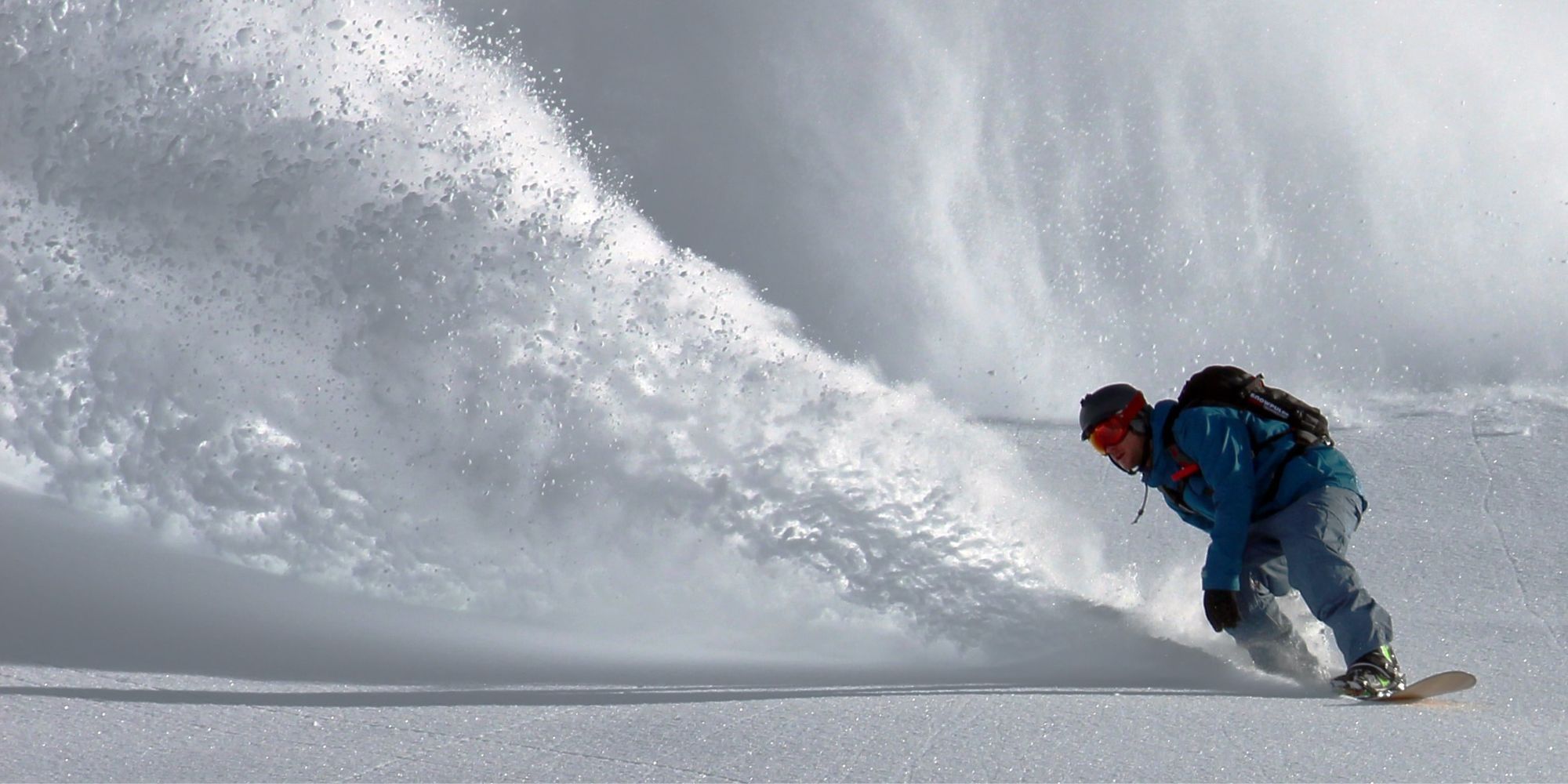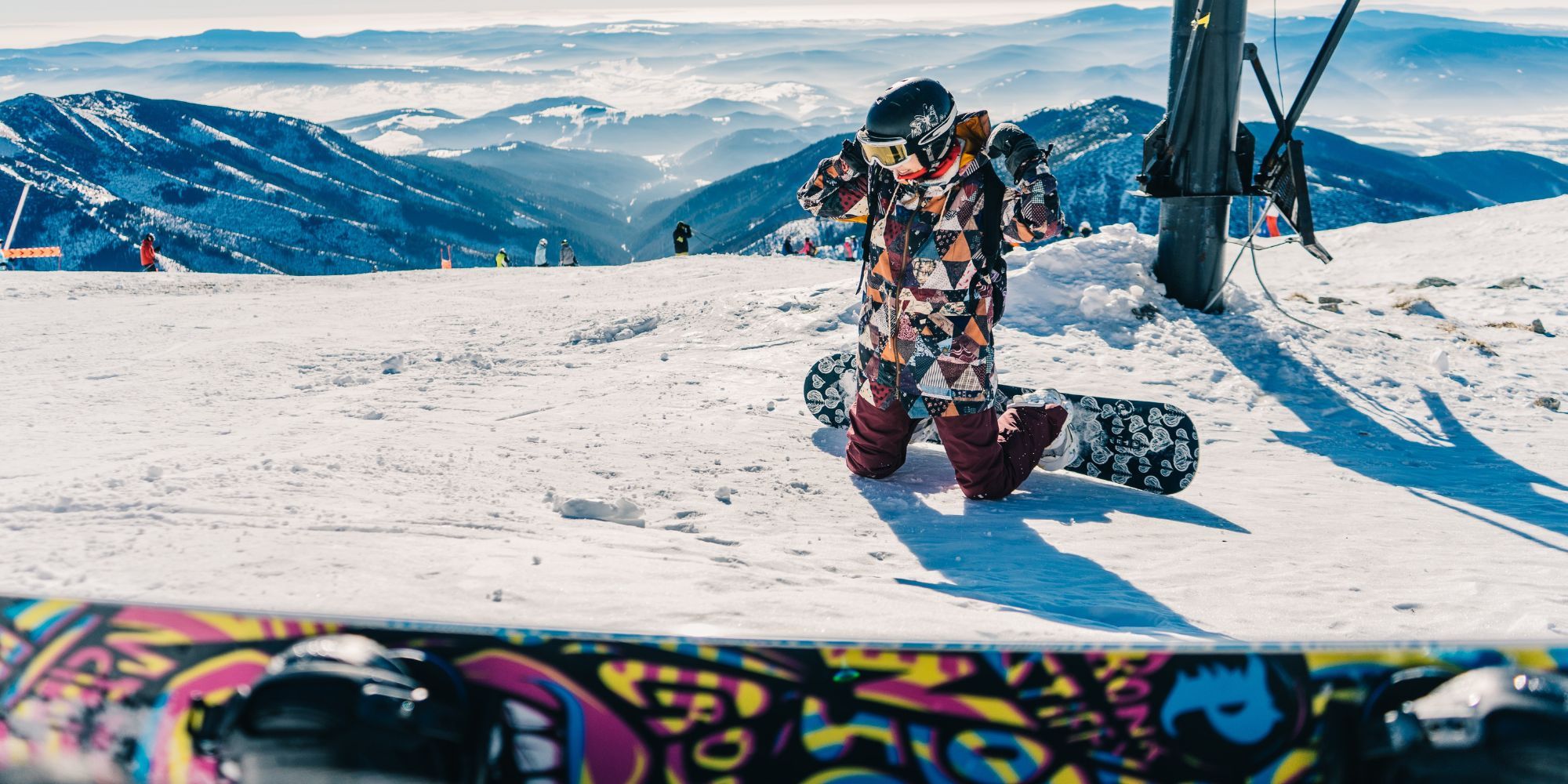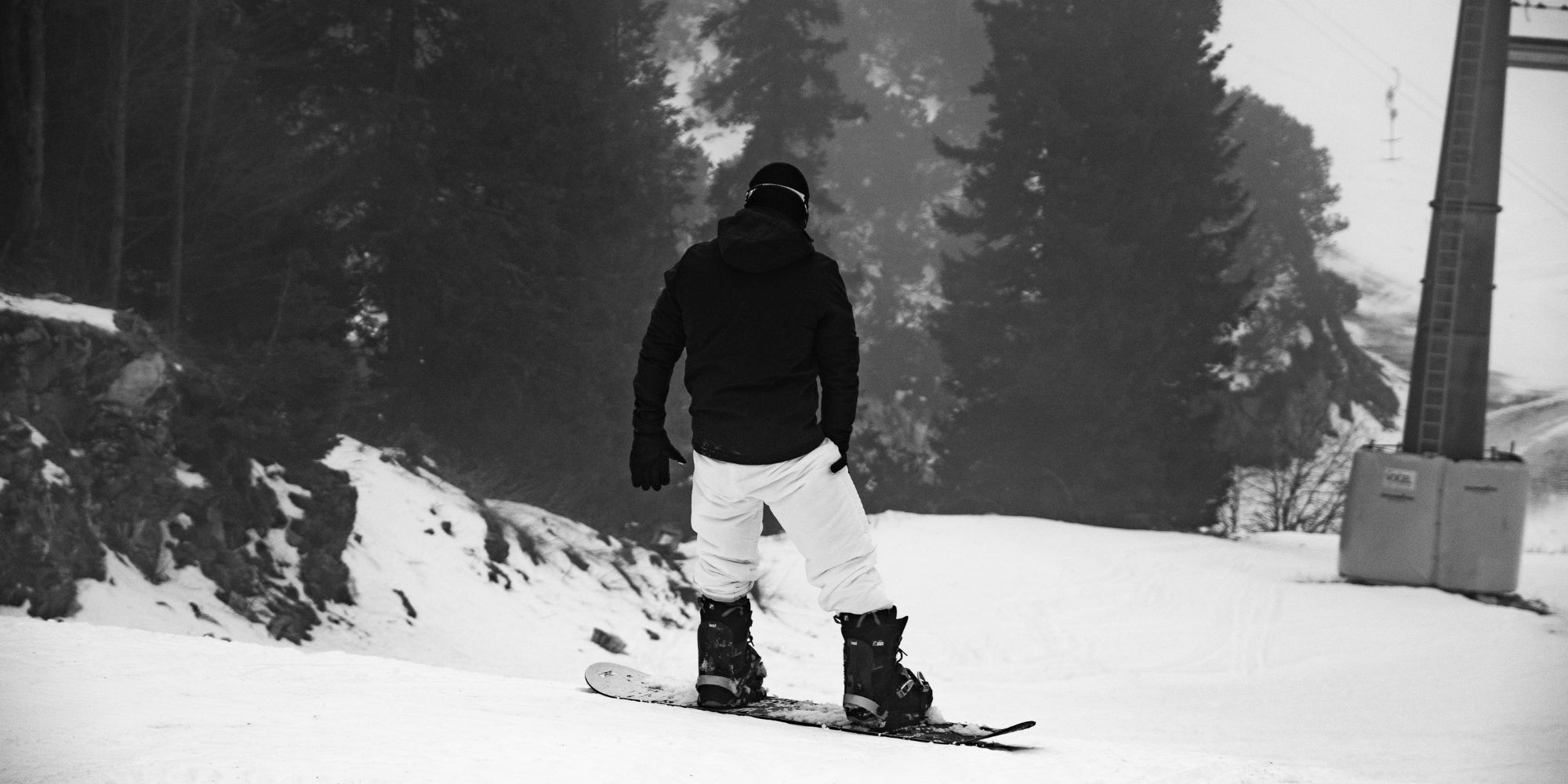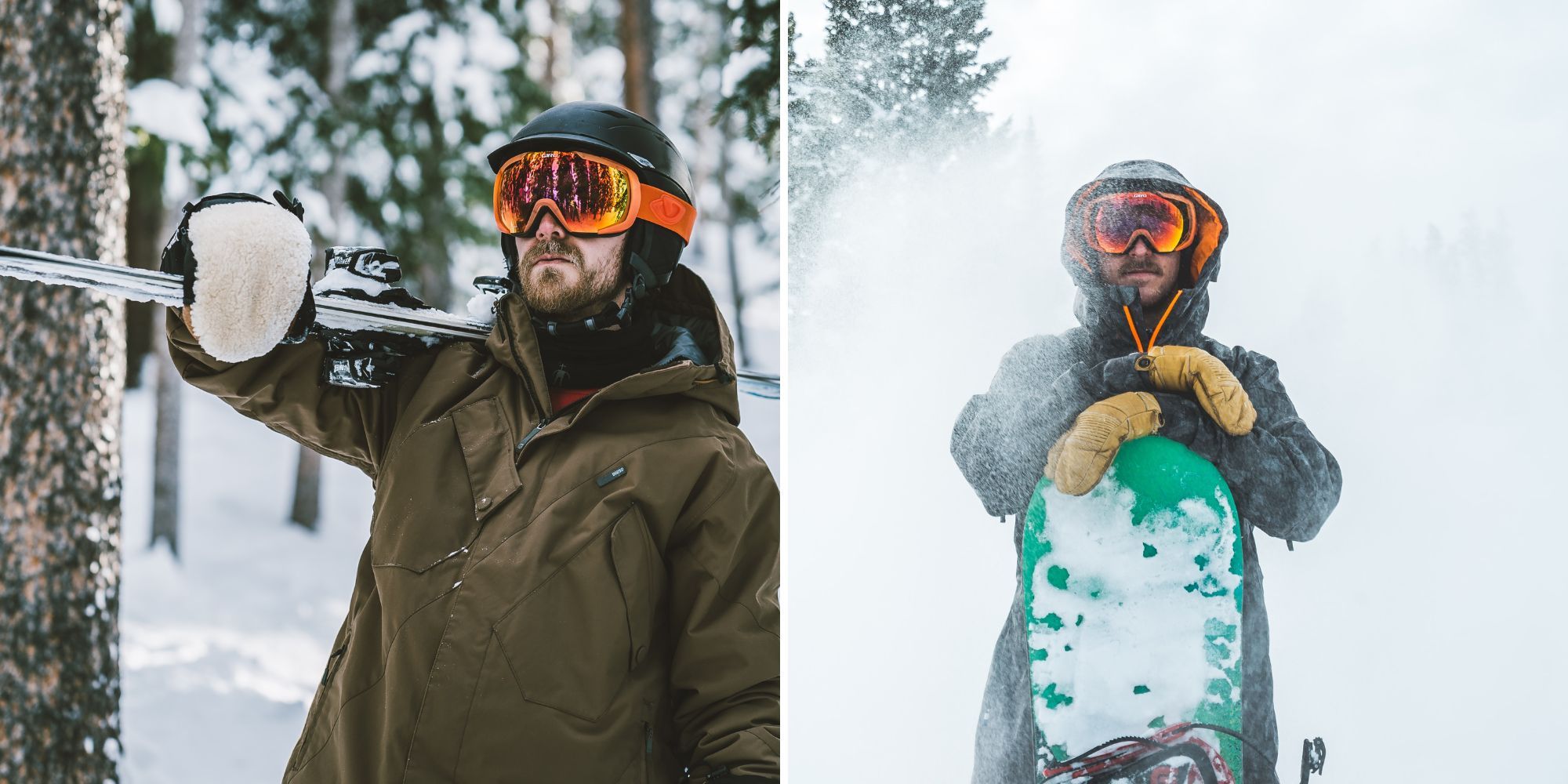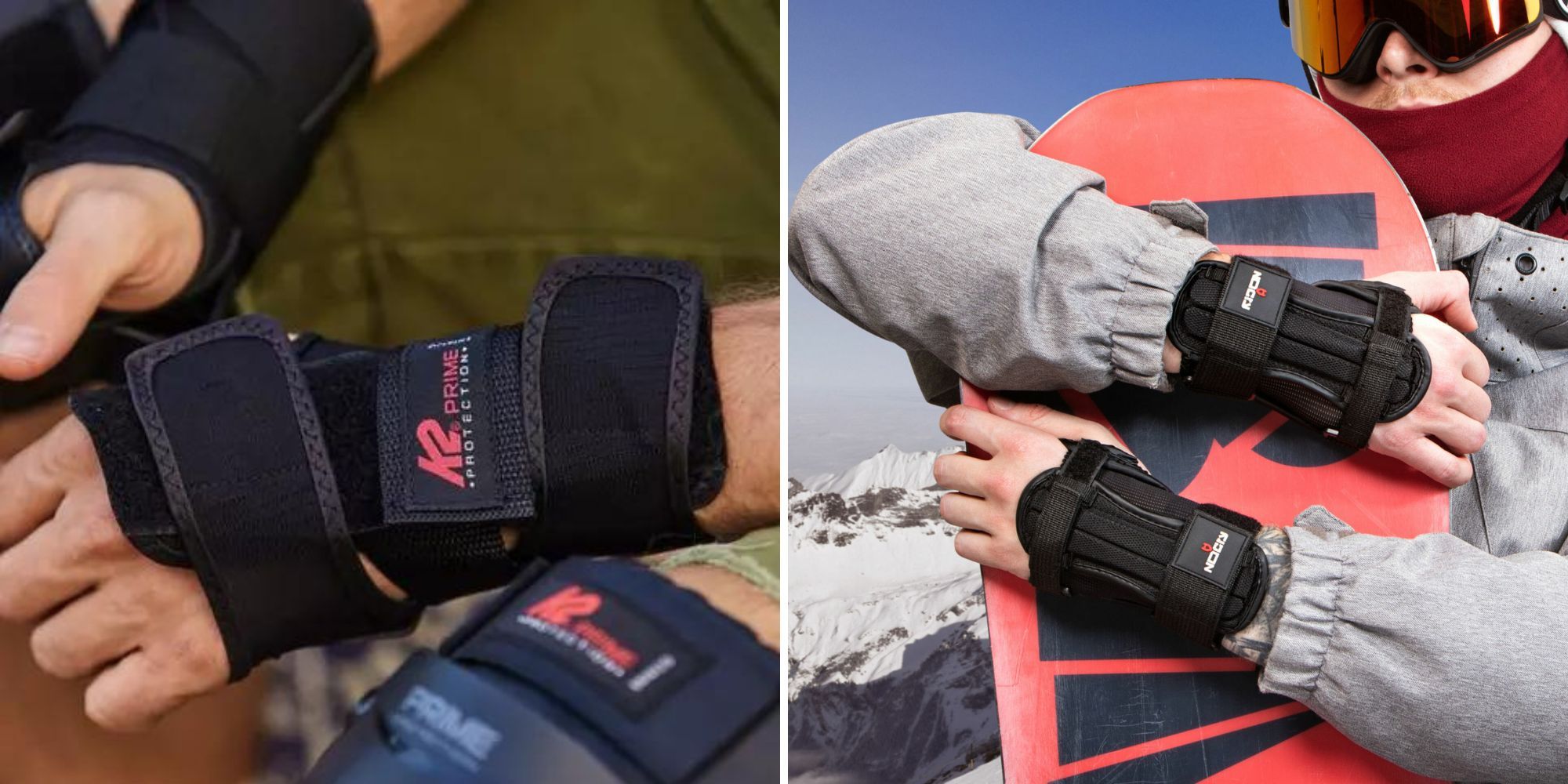How To Tell If Your Snowboard Needs Waxing
If you are unsure if your snowboard needs a tune up we have compiled all the signs to look for. Find out if you need to wax your board!

You just went boarding and it was a lot of fun, but now you're worried that you might have damaged your board.
Without proper maintenance, your snowboard can quickly become damaged. This is especially true if you don't know how to wax a snowboard properly.
In this article, we'll show you how to tell if your snowboard needs waxing and provide tips on how to wax a snowboard like a pro.
Inspect the base of your snowboard for any damage
There is only one way to tell if your snowboard needs wax, visually. With any sport, it's always important to inspect your equipment for safety reasons.
Snowboarding is no different! Be sure to check the base of your snowboard for any cracks or damage. If you notice any gouges or irregularities on the board, it's time for a visit to the shop.
That way, you can enjoy your ride with peace of mind that your board is in good condition and up to standard - which might just make all the difference when negotiating those tricky turns!
Snowboard waxing is an important part of the sport, you lose wax with each run you take. Keeping your board waxed ensures a good day on the slopes.
Check the edges of your snowboard to see if they are smooth and free of nicks or cuts
Keeping your snowboard in good condition is essential for a great day out on the slopes. Before you head off skiing, it's vital to check the edges of your board; make sure they're nice and smooth, with no nicks or dings.
If you do have any scrapes or nicks along the edge of your board, it could be dangerous and potentially impact your control on the snow.
So take a moment to give them a look over and if needed, carry out some repairs before you get going for your day on the mountain.
Look at the top layer of your board to see if there is any dirt, mud, or other debris on it
Before you start your snowboard session, make sure you look over the top layer of your board's base for any dirt, mud, or other debris.
After a long session in the park, these particles can do damage to the overall design and functionality of your board. A great tip is to utilize a small toothed brush so you can easily loosen any debris that is stuck in the base!
You may start to see discoloration at the edges of the base
Waxing will inevitably be necessary to keep your board in great condition and maintain speed as you ride. The good news is that there's an easy way to tell when it needs tending to, discoloration at the edges of the base.
Usually, you'll begin to notice a subtle whitish hue near the edges of your board that wasn't there before—that's a surefire sign to whip out the iron and wax up your board!
Rub a small amount of wax onto the base of your board - if it's hard to spread, then your board needs to be waxed
To check if you need your snowboard waxed, simply rub a bit of wax on the base. If it's hard to spread on evenly without it scraping and catching, then chances are your board is due for some fresh wax.
Taking a few moments to get this done will give you better control while boarding and help make sure you're able to get the most out of all your sessions!
What type of wax do you need
When you're thinking about waxing your snowboard, the first thing to consider is what type of wax you want to use. If your new snowboard came pre-treated with factory wax, that should be enough for basic maintenance.
However, if you're looking to maximize performance and increase glide speed on the slopes, then hot waxing is the best solution. Hot waxing involves melting special warm wax onto the base of your board to form a hydrophobic layer that will repel moisture and snow from sticking.
This will not only make your board last longer but also provide enhanced glide as well as improved edge grip when turning.
It's important to note that hot waxing requires specialty tools and materials such as a heat gun or a specific waxing iron to melt the wax, paraffin or hydrocarbon-based waxes specifically formulated for snowboarding, and either a nylon brush or brass brush (for harder-edged boards) to spread it out evenly across the base of the board.
As far as frequency goes, most people who ride frequently usually get their boards hot waxed around every 30 days or so to keep them functioning optimally on the mountain.
You can either wax the board yourself or go to a ski shop. As for the the temperature range if you are unsure what conditions will be like a universal wax or all temperature wax may be best
Before you wax your board
Before you start waxing up your snowboard, it is essential to make sure that all the old wax is removed from the base of the board. The quickest and most effective way of doing this is by using a brush.
Even though it might look like a simple task, you should take your time when using the brush and focus on scrubbing away all those bits of stubborn old wax - if you don't do this thoroughly, there's a good chance that your snowboarding experience will not be as smooth or efficient as it could be!
Apply a new layer of wax to the base of your snowboard using an iron
Waxing your snowboard is essential for reducing drag and keeping your board in top shape.
Applying a fresh layer of hot wax with an iron may seem intimidating but it's quite simple. First, make sure you have the right wax for the temperature of the snow.
Then, heat up your iron before applying the wax to the board - don't worry, it won't take long! Finally, spread the wax evenly over the base of your board - remember to be gentle so you don't damage the material.
Taking just a few simple steps will give you maximum performance on your next run! And don't forget the stomp pad to keep you steady on your board.
Scrape off the excess wax
Once the wax has cooled off, it is time to finish the process by scraping away the excess wax.
This final step of the process is key to ensuring that you get a smooth glide over the snow. You usually end up with more wax than is necessary. Too much wax will slow you down.
With just a few quick movements of your hand, all of that unwanted wax can be quickly scraped away and you can proudly admire the finished product with a freshly waxed board! After your wax job, you should have a thin layer remaining
Conclusion
Snowboarding is a great winter activity that can be enjoyed by people of all ages. It's important to make sure your snowboard is properly waxed so you can have the best experience possible on the slopes.
By following these simple steps, you'll be able to tell if your snowboard needs to be waxed and enjoy a fun day on the mountain!
Now that you know how impotant waxing is set yourself up for success and check out the best wax kits out there:
If you liked this article check out our related content below:
